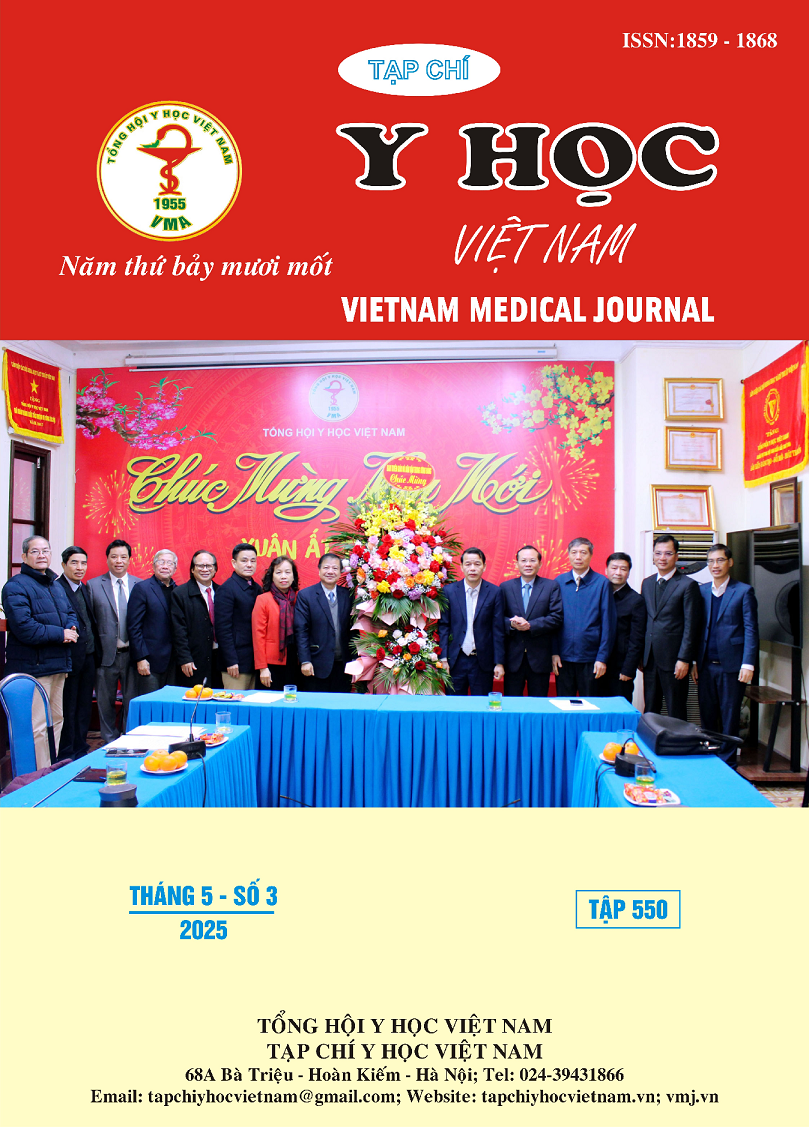MỘT SỐ ĐẶC ĐIỂM VỀ XƯƠNG HÀM VÀ HÌNH THÁI KHỚP THÁI DƯƠNG HÀM Ở NGƯỜI BỆNH CÓ RỐI LOẠN THÁI DƯƠNG HÀM TRÊN PHIM CONEBEAM CT
Nội dung chính của bài viết
Tóm tắt
Nghiên cứu nhằm xác định một số đặc điểm về xương hàm và hình thái khớp thái dương hàm ở người bệnh có rối loạn thái dương hàm. Nghiên cứu được thực hiên trên phim ConeBeam CT của 32 người bệnh đến khám và điều trị rối loạn thái dương hàm tại Bệnh viện Răng Hàm Mặt Trung ương Hà Nội. Kết quả: Ở người bệnh có RLTDH, tỉ lệ tương quan xương loại I và loại II là như nhau. Hình ảnh tổn thương lồi cầu chủ yếu là mòn xương chiếm 37,5% và gai xương chiếm 3,1%. Kích thước trung bình khe khớp trên là lớn nhất (3,13 ± 0,75 mm) sau đó đến khe khớp trước (2,43 ± 0,63mm) và khe khớp sau (2,41± 0,55 mm).
Chi tiết bài viết
Từ khóa
Tương quan xương, độ rộng khe khớp, rối loạn thái dương hàm, phim ConeBeam CT
Tài liệu tham khảo
2. Phạm Như Hải. Nghiên cứu dịch tễ học loạn năng bộ máy nhai và đề xuất giải pháp can thiệp. Luận án tiến sĩ Y học, trường Đại học Y Hà Nội.2006.
3. Gunjan S. Dhabale, Rahul R. Bhowate (2022). Cone-Beam Computed Tomography for Temporomandibular Joint Imaging.Cureus. 14(11): e31515.
4. Nguyễn Văn Tâm (2021). Đặc điểm lâm sàng, cận lâm sàng và một số yếu tố liên quan đến rối loạn thái dương hàm. Luận văn Thạc sĩ y học, Trường Đại học Y Hà Nội
5. Arayasantiparb R, Mitrirattanakul S, Kunasarapun P, et al. Association of radiographic and clinical findings in patients with temporomandibular joints osseous alteration. Clin Oral Investig. 2020;24,221-227.
6. Alhammadi, Maged Sultan; Fayed, Mona Salah; Labib, Amr (2016). Three-dimensional assessment of temporomandibular joints in skeletal Class I, Class II, and Class III malocclusions: Cone beam computed tomography analysis. Journal of the World Federation of Orthodontists, 5(3), 80-86.


